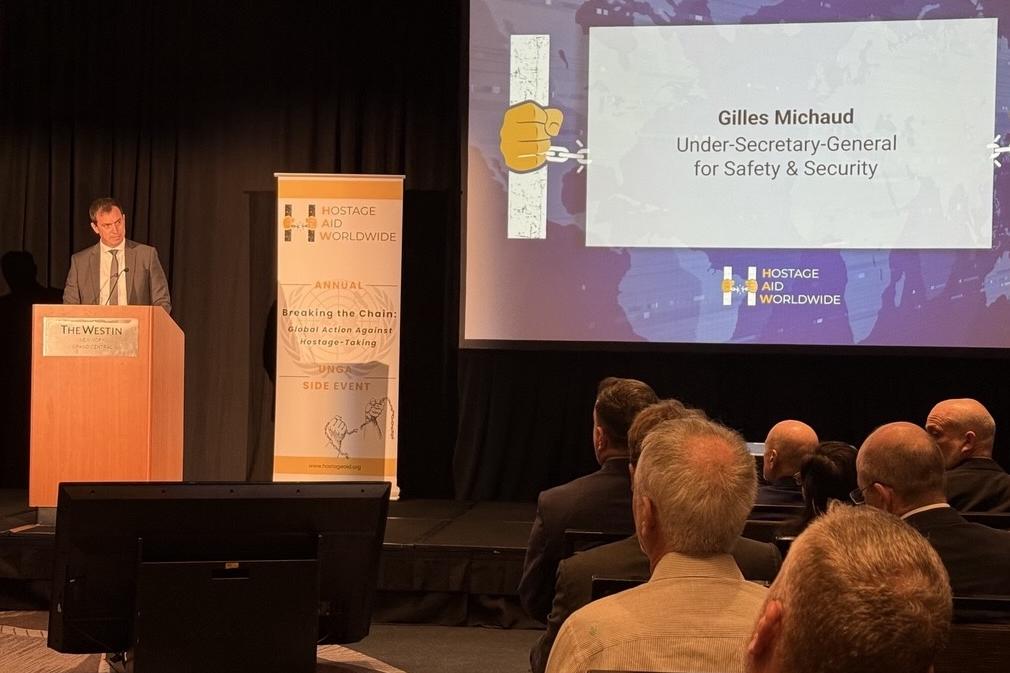In Sudan, the air is thick with dust, tension, and the echoes of distant gunfire. Across the capital, Sudanese Armed Forces maintains control over central Khartoum, but the western and southern stretches of Omdurman tell a different story: neighborhoods battered by violence, families displaced, and the omnipresent danger of UXO underfoot. Beyond the capital, El Fasher in North Darfur — home to the vulnerable Zamzam IDP camp and Abu Suk — remains a flashpoint of instability. In North Kordofan, RSF drone strikes have battered El Obeid’s GIS headquarters and airport. This conflict continues to deepen humanitarian crisis in different areas.
In April, five major incidents directly impacted UN and international NGO operations: from peaceful youth protests in Port Sudan to the attempted theft of a UNDP vehicle, from staff detentions at Kassala Airport to an armed robbery at a UN facility in El Fasher, and even a refugee’s assault on a UN worker at Gedaref’s Arab 6 Camp over residency disputes.
Amidst the chaos, a joint UN mission ventured into Central Khartoum, uncovering a grim picture. UNITAMS, UNICEF, and UNFPA offices were looted but structurally survived — a fragile hope in a broken city. UNITAMS is now proposed as a coordination hub for future operations. Yet other facilities, including UNOPS, and UNDP buildings, remain occupied by SAF forces, marred by significant damage and dangerous levels of UXO contamination. The FAO office remains sealed off, deemed too perilous to access. UXO clearance timelines vary dramatically — a race against time where removing deadly remnants can take anywhere from four hours to five days depending on the scene’s complexity.
Complicating recovery efforts further are Sudan’s collapsing infrastructure and bureaucratic entanglements: unreliable electricity, severe water shortages, patchy communications, and delays at endless checkpoints.
Restoring full operations in Khartoum depends critically on three fronts: UXO clearance, rehabilitation of damaged infrastructure, and the urgent reinstatement of basic services. Recognizing the gravity of the moment, UNDSS calls for immediate reinforcement in Omdurman, closer coordination with UNMAS and NMAC for explosive hazard clearance, and the swift establishment of a joint coordination hub, ideally at the UNITAMS site. A phased return strategy charts a cautious but hopeful path: security and UXO assessments from July to September 2025, staff training and resource deployment from January to March 2026, and a gradual, prioritized return of UN personnel by mid-2026 always underpinned by UNMAS's vital support.
Navigating this treacherous landscape demands more than caution; it demands vision. Through steadfast commitment to security, adaptive planning, and deep collaboration with partners, UNDSS strives to ensure that even amidst destruction, the United Nations’ mission can take root once more — bringing Sudan one step closer to stability, recovery, and peace.
UNDSS Leads Mission to Re-establish Security Operations in Khartoum
- 08 May 2025

UN vehicles on a road mission to provide humanitarian assistance in Darfur.
UNDSS




